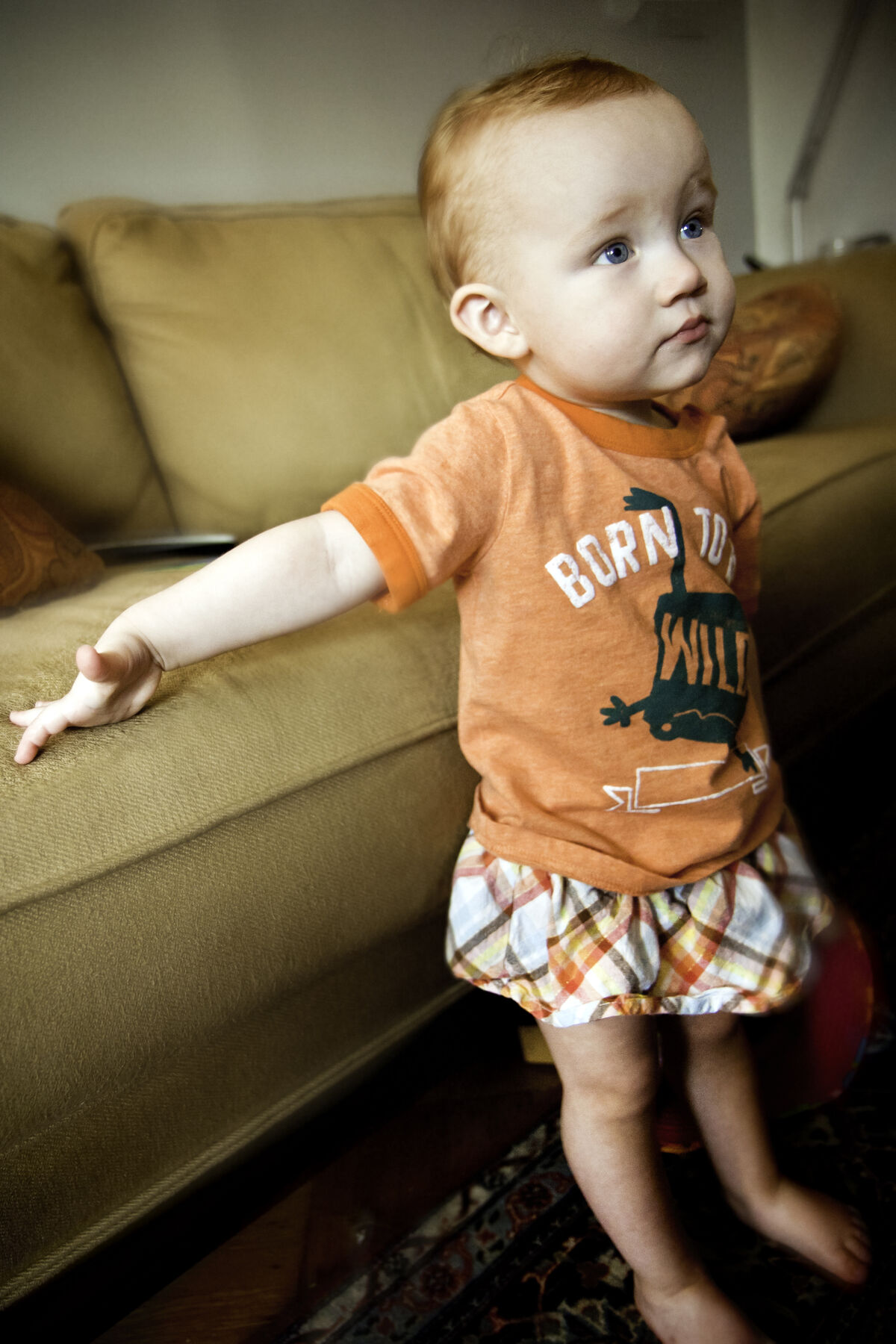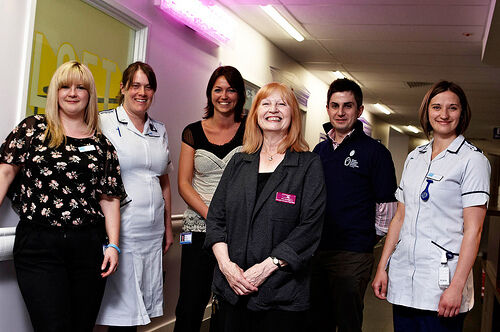The stages of human development are the phases that humans go through during their lives.

The first stage of development is childhood. It begins at birth and continues until the age of 10, at the first signs of puberty. The first phase of childhood is referred to as infancy. From birth to one month of age, the term newborn is used. It is in this first period that the individual makes the transition between the uterine environment and the outside world. From one month to 2 years, the term infant is used. The infant becomes more and more autonomous, learning to feed oneself, to communicate and to walk. The growth of the individual is at its highest during this period.
Early childhood is the stage from 2 to 6 years of age. The individual becomes even more autonomous, both psychologically and physically. The child acquires more strength and coordination in movement and develops social skills.
After that, until the age of 10, the childhood stage continues. The child grows less rapidly, but continues to develop physically and psychologically. Usually, the child attends elementary school.

Adolescence is the intermediate stage between childhood and adulthood. This stage is marked by the many changes that an individual undergoes during puberty. After this stage, every individual is considered sexually mature and able to reproduce. These changes begin on average around the age of 10 for girls and 12 for boys. Both tend to go through a growth spurt during this period.
| Changes observed during female adolescence | Changes observed during male adolescence |
|
|

In many countries, individuals are legally considered adults when they reach the age of majority, which is 18 in Quebec. Biologically, adulthood begins once puberty is over and sexual maturity has been reached. This is the longest stage of human development, ending in death. The fertility period in women lasts until menopause, which usually occurs between the ages of 45 and 55. Men are theoretically able to reproduce until the end of their lives.
Eventually, the adult individual reaches the stage of old age, when the organs and tissues of the human body begin to age. There is no specific age to mark the beginning of this stage, but it is considered to begin around the age of 70. There are several signs that the body is beginning to age:
-
Appearance of deeper wrinkles
-
Grey hair and hair loss
-
Decrease in muscle mass and physical strength
-
Onset of arthritis or rheumatism
-
Weakening and slowing of urinary functions and cardiac capacity
-
Etc.